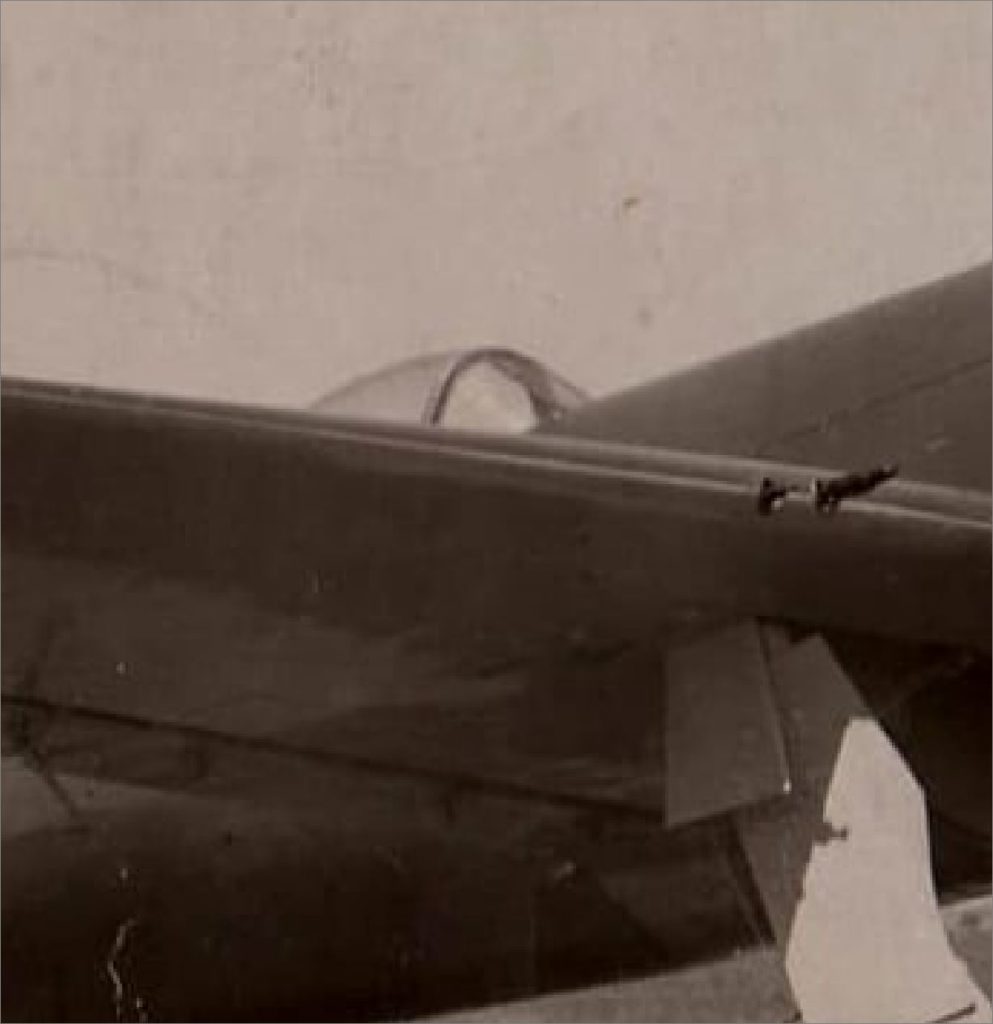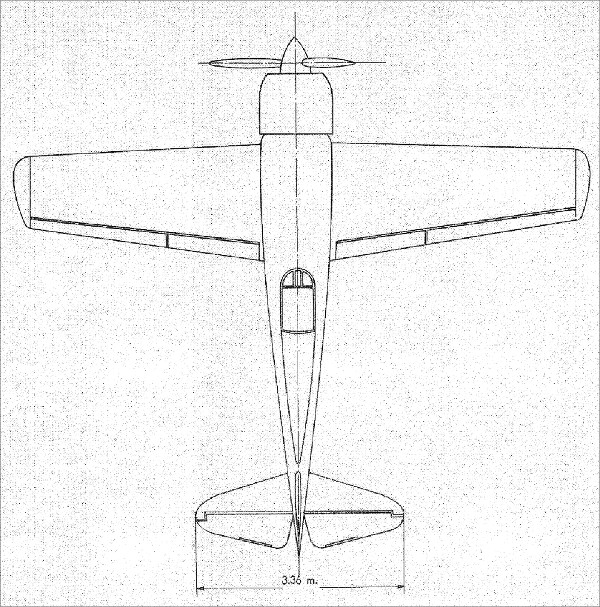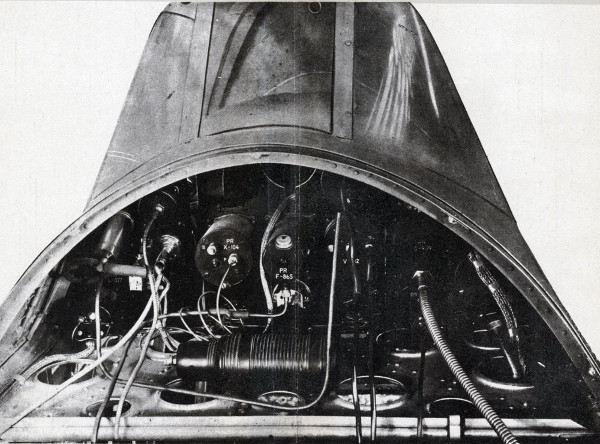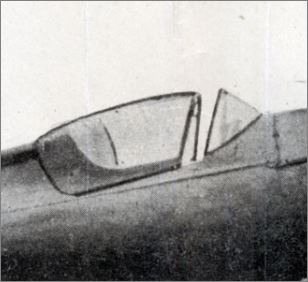Following the completion of the prototype and of the corresponding flight tests it became obvious that changes were needed leading to specifications for the mass production aircraft. According to the “Technical Specifications, Part II”, Annex to Contract No. 2072/18 Dec 1939, the Defense Ministry launches a first order for a number of 50 IAR 80 fighter planes.
There is a legend that in brief says that the first IAR 80 resulted from the modification of the prototype. This statement must be carefully considered. After a thorough study of several photos with the first IAR 80 aircraft, it seems that a new prototype has actually been built, and the differences between the prototype and the number 1 are very large, both in shape and size.
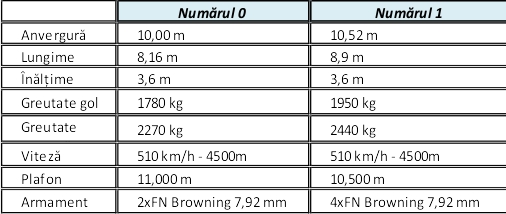
Table legend: Wingspan; Length; Height; Empty weight; Weight; Speed; Ceiling; Weapons
From the available photos, it can be seen that this first plane also underwent several modifications, which is why it must be carefully analyzed to understand how it “evolved” to the first series of planes.
For analysis, we will consider three photos of the plane credited as number 1.
The first variant
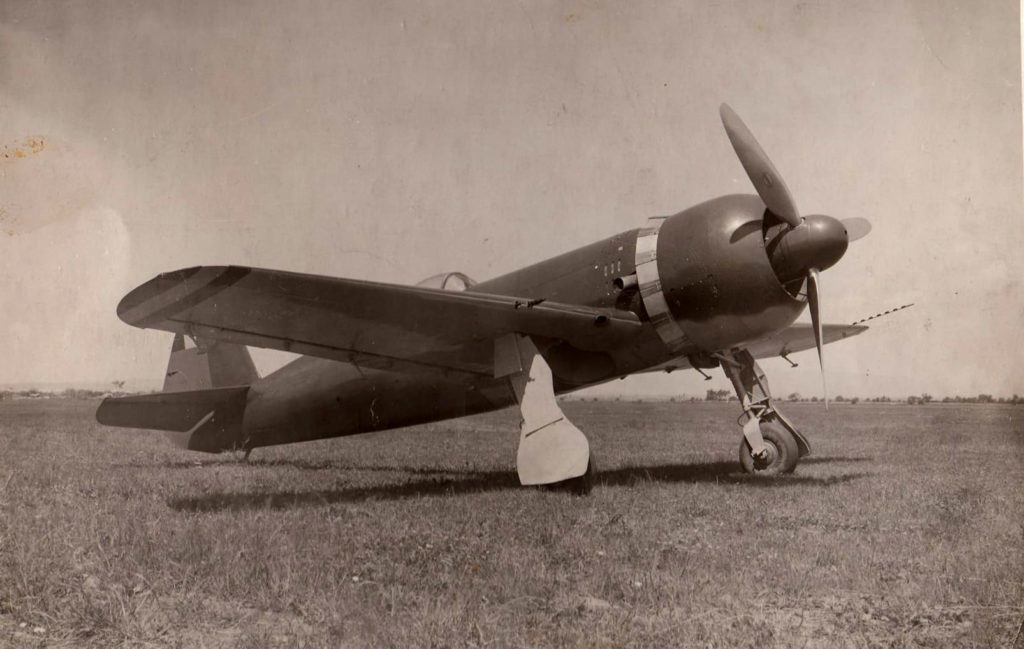
From this first photo, we can observe the following characteristics specific to the entire mass production series:
- the cockpit is redesigned, being closed with a sliding plexiglass canopy;
- the engine cowl is completely new, with a circular profile at the front and an oval at the rear;
- in this variant we also notice the cooling flaps of the engine, adjustable in flight, which we will find in all subsequent series;
- the front fuselage has been completely redesigned and lengthened by 74 mm, due to the modification of the engine mount;
- an carburetor air intake was mounted under the hood;
- the wing is enlarged on the aileron area with a rib, which has three hinges compared to two of the prototype, the aileron being equipped with two counterweights; position lights are added at end of the wings;
- the horizontal tail was completely redesigned, having a strengthened structure and increased surface;
- the horizontal stabilizer struts were removed;
- the tail was also completely redesigned, with an enlarged surface; distinctive from the prototype, the upper rib of the rudder is oblique;
- for practical reasons, the movable cover from the base of the landing gear is removed;
- last but not least, the wing was modified and two more FN Browning -7.92mm machine guns were installed.
Atypical to the following series, we can also notice the following characteristics specific only to this aircraft, possibly some found with the first 4 mass production numbers:
- the engine that equipped the aircraft was the IAR-14K IIIc36 with 930 hp, the improved version of the IAR-14K IIc32, but different from the engine that will equip the first series;
- Behind the exhaust, a specific cooling grid is observed, similar to that of the mass production airplanes from no. 250 upwards;
- an interesting aspect, which we will detail below, is the fact that the windshield maintains the shape with curved sides, similar to that of the prototype, but with a flat front;
- the rudder is provided with an in-flight adjustable trim tab, similar to that mounted on the elevator;
- the logo on the propeller blade indicates that it is a VDM.
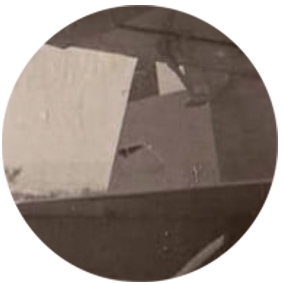
By zooming on the tail area, we can observe the control system of the trim tab mounted on the rudder surface
We would like to mention that it is the only photo available so far, which confirms the existence of the in-flight adjustable rudder trim tab, this being observed in several original blueprints.
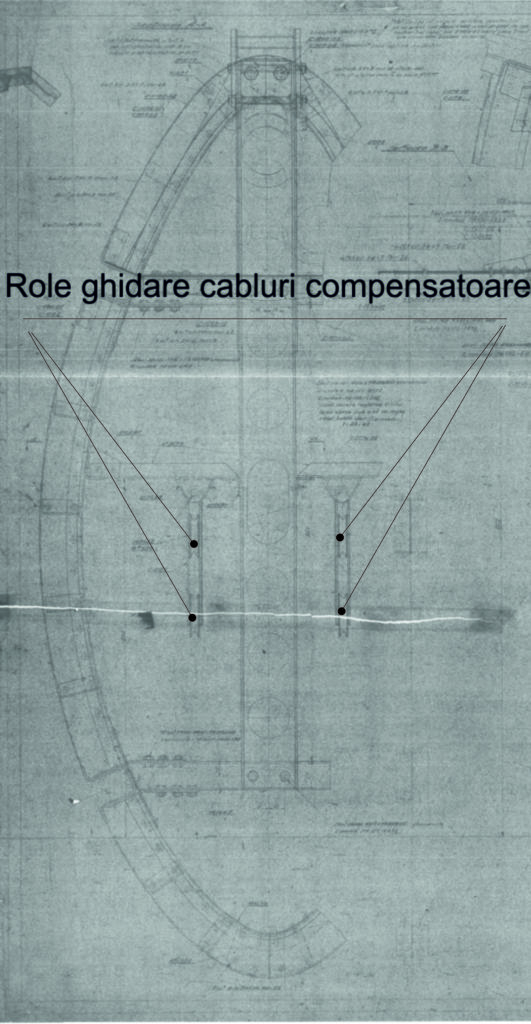
This confirms and explains drawing “C-1112 – Details of the rear end of the fuselage” in which we can observe two pulleys mounted on the IX frame of the rear fuselage as follows:
- left pulleys – for adjustable depth compensator cables;
- right pulleys – for adjustable steering compensator cables.
The second variant
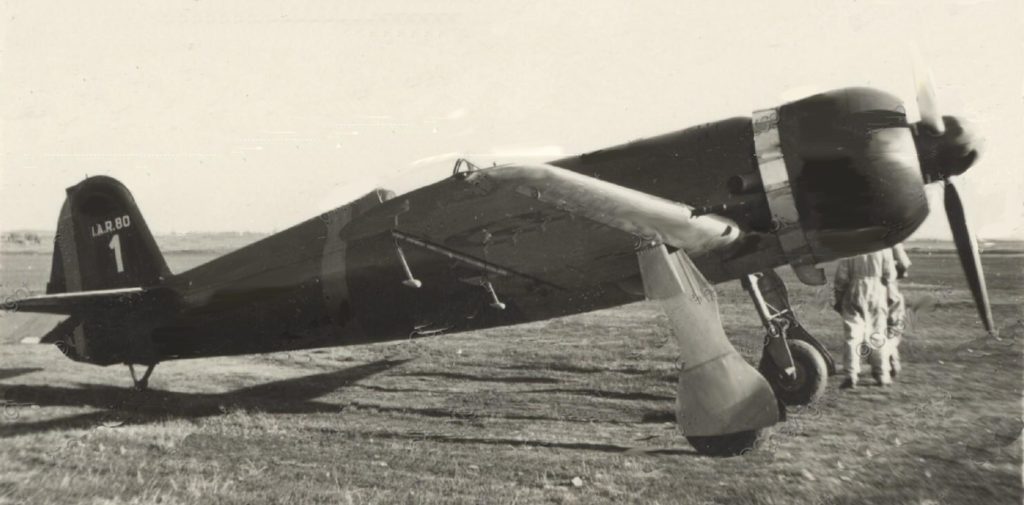
In this variant, the cooling slots behind the exhaust were abandoned and the rudder was changed, so the in-flight adjustable trim tab was replaced with one adjustable on the ground, a solution that will be kept throughout the entire production. The windshield and the canopy remain the same, in the atypical version.
The tricolor cockade can be seen on the underside of the right wing.
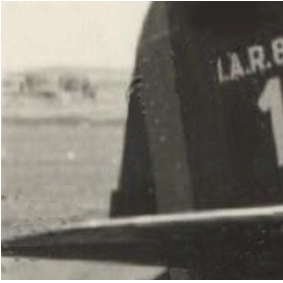
mass production tim tab – adjustable on the ground
The final variant
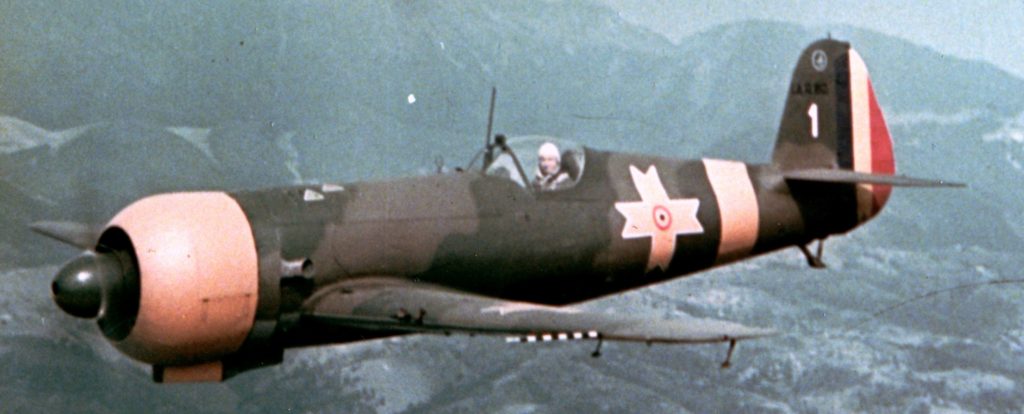
On this plane, which will become the standard for the first series, the air intake is changed and the windshield is replaced with one with flat side windows. By default, the canopy also changes. An antenna mast is mounted and the gunsight grid system in front of the windshield.
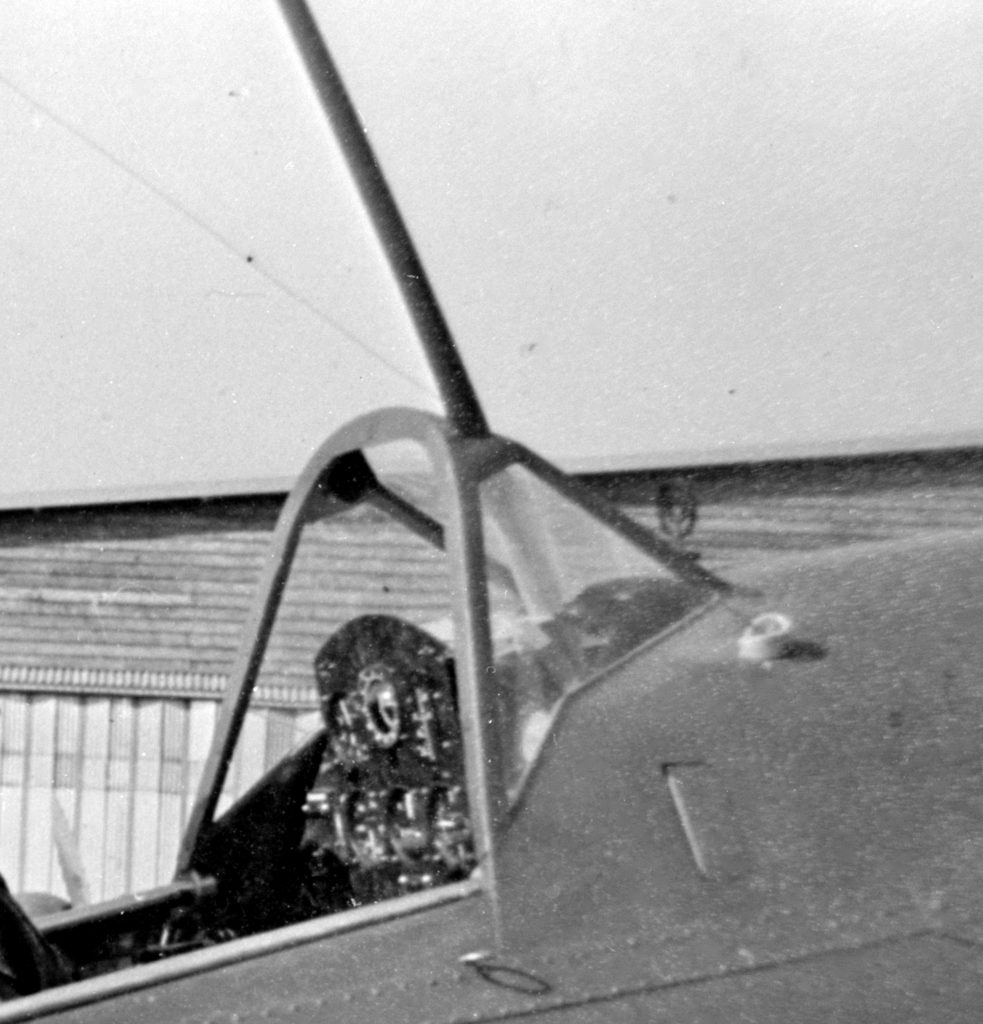
The windshield in the new shape has a wider front window and the side windows are flat.
The grid of the gunsight can be seen in front of the windshield.
However, in early mass production, there were also airplanes that kept the old windshield, with semi-rounded sides.
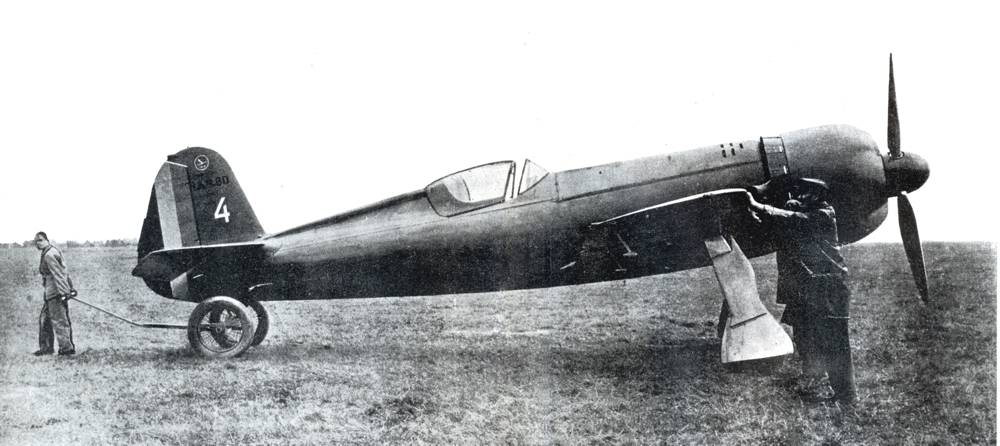
to be continued … ” the mass production”

Bibliography:
1. Dan Antoniu, George Cicos, IAR-80 "Le Héros Méconnu", Editura TMA Paris 2008
2. foto "Numărul 1" - colecția Horia Stoica

